

Articles
How To Store Peeled Onions
Modified: February 20, 2024
Learn the best techniques for storing peeled onions to keep them fresh and flavorful. Check out our informative articles for expert tips and tricks.
(Many of the links in this article redirect to a specific reviewed product. Your purchase of these products through affiliate links helps to generate commission for Storables.com, at no extra cost. Learn more)
Introduction
Onions are a staple ingredient in many kitchens around the world. They add flavor and depth to a variety of dishes, from soups and stews to stir-fries and salads. However, peeling onions can be a time-consuming and tear-inducing task. That’s why learning how to store peeled onions can be a game-changer in your kitchen routine.
Storing peeled onions not only saves you time and effort but also allows you to have pre-prepared onions on hand whenever you need them. Whether you want to meal prep for the week ahead, reduce waste, or simply make cooking more convenient, properly storing peeled onions will help you achieve your goals.
In this article, we will explore the benefits of storing peeled onions and discuss various methods you can use to ensure their longevity. By following these guidelines, you’ll be able to enjoy the convenience and efficiency of having peeled onions readily available whenever inspiration strikes in the kitchen.
Key Takeaways:
- Save time and reduce waste by storing peeled onions in the refrigerator or freezer. Proper preparation and storage methods ensure convenient access to this versatile ingredient for up to 6 months.
- Choose the right onions, prepare them properly, and use suitable containers to extend the shelf life of peeled onions. Enjoy the convenience of having flavorful, ready-to-use onions on hand for various culinary creations.
Read more: How To Store Onions
Benefits of Storing Peeled Onions
Storing peeled onions offers several benefits that can positively impact your cooking experience. Let’s take a look at some of the advantages:
- Time-saving: By peeling and storing onions in advance, you can significantly cut down on meal preparation time. This is especially helpful on busy weekdays or when entertaining guests.
- Convenience: Peeled onions are incredibly convenient to have on hand. You won’t have to go through the hassle of peeling and chopping onions every time you want to cook. Instead, you can grab a handful of pre-peeled onions and add them to your dish effortlessly.
- Reduced waste: Storing peeled onions allows you to use up the entire onion without any waste. Often, when we only need a portion of an onion for a recipe, the remaining unused portion goes to waste. By storing peeled onions, you can avoid this wastage and make the most of each onion.
- Consistency: When you store peeled onions, you can achieve a consistent flavor and texture in your dishes. This is particularly important for recipes that require finely chopped or diced onions, where consistency is key for even cooking and flavor distribution.
- Flexibility: Having peeled onions readily available gives you the flexibility to experiment with different recipes and variations without the extra prep work. You’ll be able to whip up your favorite dishes or try out new recipes with ease.
With these benefits in mind, it’s clear that storing peeled onions is a practical and efficient approach to cooking. Not only does it save you time and effort, but it also enhances the overall cooking experience, providing you with more flexibility and consistency in your culinary endeavors.
Choosing the Right Onions for Storage
When it comes to storing peeled onions, choosing the right type of onion is crucial for maintaining their quality and flavor. Here are some tips on selecting the best onions for storage:
1. Sweet Onions: Sweet onions, such as Vidalia, Walla Walla, or Maui onions, are excellent options for storage. They have a higher sugar content and lower sulfur content, making them less pungent and milder in flavor. Sweet onions tend to have a longer shelf life and can be stored for a longer period.
2. Yellow Onions: Yellow onions are widely available and are suitable for storage. They have a strong flavor and are commonly used in cooking. Yellow onions can be stored for a moderate duration, allowing you to have them on hand for various recipes.
3. Red Onions: Red onions can also be stored, but they have a shorter shelf life compared to sweet or yellow onions. They are milder in flavor and add a vibrant color to dishes. If you prefer the flavor of red onions and plan to use them relatively quickly, they can still be a good choice for storage.
It’s worth noting that different onion varieties have different storage characteristics, which may affect their longevity. It’s recommended to purchase fresh onions specifically designated for storage, as they are generally of higher quality and suitable for long-term storage.
When selecting onions for storage, look for ones that are firm, smooth, and free from blemishes or signs of decay. Avoid onions with soft spots or sprouting, as these may indicate that they are past their prime and will not store well.
By choosing the right onions for storage, you can ensure that your peeled onions stay fresh and flavorful for an extended period, maximizing their usability in your kitchen.
Preparing the Onions for Storage
Before storing peeled onions, it’s important to properly prepare them to ensure their quality and longevity. Here are the steps to follow when preparing onions for storage:
1. Peel and Clean: Start by peeling the onions, removing the outer papery skin and any layers that are damaged or discolored. Ensure that the onions are clean and free from dirt or debris by rinsing them under cool water or wiping them with a damp cloth.
2. Cut and Dice (Optional): Depending on how you plan to use the onions, you can choose to cut them into slices, dice them into small pieces, or leave them whole. If you frequently use onions in various recipes, dicing them into small pieces can make it easier to measure and add them to different dishes without the need for further chopping.
3. Dry Thoroughly: After peeling and cutting, make sure to dry the onions thoroughly. Excess moisture can lead to spoilage and the growth of mold. Pat the onions dry with a clean kitchen towel or allow them to air dry on a clean surface for a few minutes before storing.
4. Separate into Portions: Divide the peeled onions into portions that are suitable for your needs. Consider how much onion you typically use in a recipe to determine the ideal portion size. Separating them into smaller portions will make it easier to thaw or use as needed without wasting any excess.
5. Store in Suitable Containers: Choose appropriate containers for storing peeled onions. Options include airtight plastic containers, resealable bags, glass jars, or vacuum-sealed bags. Make sure the containers are clean and dry before adding the onions. Label the containers with the date of storage to keep track of freshness.
By following these preparation steps, you’ll ensure that your peeled onions are clean, dry, and ready for storage. Properly preparing the onions before storage helps to maintain their quality and extends their shelf life, ensuring that you have flavorful onions on hand whenever you need them in your culinary creations.
Storing Peeled Onions in the Refrigerator
The refrigerator is an ideal place to store peeled onions, as it provides cool temperatures and helps to preserve their freshness. Follow these steps to store peeled onions in the refrigerator:
1. Choose an Airtight Container: Select an airtight container or resealable bag that is appropriate for the quantity of peeled onions you have. Make sure the container seals tightly to prevent moisture and odors from entering.
2. Place the Peeled Onions in the Container: Gently pack the peeled onions into the container, taking care not to crush or overcrowd them. If using a resealable bag, squeeze out as much air as possible before sealing.
3. Label and Date: Label the container or bag with the date of storage. This will help you keep track of the freshness of the peeled onions and ensure they are used within a reasonable timeframe.
4. Store in the Refrigerator: Place the sealed container or bag in the refrigerator. Choose a spot in the refrigerator where the temperature is consistent and away from strong-smelling foods, as onions can absorb odors easily. Ideally, store the peeled onions in the crisper drawer or a designated area for vegetables.
5. Check and Rotate: Periodically check the peeled onions for any signs of spoilage, such as mold or soft spots. If you notice any onions are starting to go bad, remove them from the container to prevent contamination of the rest. It is also a good practice to give the container a gentle shake or stir to prevent the onions from sticking together or clumping.
Stored properly in the refrigerator, peeled onions can typically stay fresh for up to 7-10 days. However, the exact shelf life may vary depending on the freshness of the onions when they were peeled and the storage conditions.
Using this method, you can have a ready supply of peeled onions in your refrigerator, making meal preparation more convenient and efficient. Just grab the desired amount of onions from the container whenever you need them, eliminating the hassle of peeling and chopping each time you cook.
Store peeled onions in an airtight container or resealable bag in the refrigerator. Make sure to use them within a few days to maintain freshness.
Read more: How To Store Garlic And Onions
Storing Peeled Onions in the Freezer
If you want to store peeled onions for an extended period, the freezer is the best option. Freezing helps maintain the quality and freshness of the onions. Here’s how you can store peeled onions in the freezer:
1. Flash Freeze: Lay the peeled onions out in a single layer on a baking sheet lined with parchment paper or a silicone mat. Make sure the onions are not touching each other to prevent them from freezing in clumps.
2. Pre-freeze: Place the baking sheet with the peeled onions in the freezer for about an hour, or until the onions are partially frozen. This process, known as pre-freezing or flash freezing, prevents the onions from sticking together during long-term storage.
3. Transfer to Freezer Bags or Containers: Once the onions are partially frozen, transfer them to freezer-safe bags or airtight containers. The partially frozen onions will be less likely to stick together, making it easier to remove the desired amount when needed.
4. Remove Excess Air: Squeeze out any excess air from the bags or containers before sealing them. This will help prevent freezer burn and maintain the quality of the onions during storage.
5. Label and Date: Label the bags or containers with the date of storage. This will help you keep track of their freshness and ensure they are used within a reasonable timeframe.
6. Store in the Freezer: Place the bags or containers of peeled onions in the freezer. Choose a spot where the temperature remains consistent, such as the back of the freezer, to ensure optimal storage conditions.
Stored in the freezer, peeled onions can maintain their quality for up to 6 months or longer. For the best flavor and texture, try to use the frozen onions within the first few months.
To use the frozen onions, simply remove the desired amount from the bag or container and return the remaining onions to the freezer. There’s no need to thaw them before using, as they will quickly soften and cook once added to heat.
By following these steps, you can have a stockpile of frozen peeled onions ready for use at any time, making meal preparation a breeze and reducing waste.
Storing Peeled Onions in Vacuum-Sealed Bags
Vacuum-sealing is an excellent method for storing peeled onions as it helps to extend their shelf life and maintain their quality. The vacuum-sealed bags create an airtight environment, preventing moisture and air from damaging the onions. Here’s how you can store peeled onions using vacuum-sealed bags:
1. Prepare the Onions: Peel and prepare the onions as desired, making sure they are clean and dry. You can slice, dice, or leave them whole, depending on your preference and intended use.
2. Select Vacuum-Sealed Bags: Choose high-quality vacuum-sealed bags that are suitable for freezing. Ensure they are food-safe and designed for long-term storage.
3. Portion the Onions: Divide the peeled onions into portion sizes that you typically use in your recipes. This will make it easier to thaw and use only the required amount when needed, without wasting any excess.
4. Place Onions in Bags: Place the peeled onions in the vacuum-sealed bags, leaving some space at the top for sealing. Avoid overcrowding the bags as this can impact the efficiency of the vacuum-sealing process.
5. Vacuum-Seal the Bags: Follow the manufacturer’s instructions for vacuum-sealing the bags. Most vacuum-sealing machines have a seal button and vacuum button. Press the seal button first to create a secure closure, then press the vacuum button to remove the air from the bag and create a tight seal.
6. Label and Date the Bags: Use a permanent marker to label each bag with the contents and the date of storage. This will help you keep track of the onions and ensure they are used within a reasonable timeframe.
7. Store in the Freezer: Place the vacuum-sealed bags of peeled onions in the freezer. Ensure they are stored flat for optimal space utilization. Place them in a spot where the temperature remains consistent, such as the back of the freezer.
The vacuum-sealed bags will help to protect the peeled onions from freezer burn and maintain their freshness for an extended period. When you’re ready to use the vacuum-sealed onions, simply remove them from the freezer, thaw as needed, and incorporate them into your recipes.
By using vacuum-sealed bags, you can maximize the shelf life of your peeled onions and enjoy the convenience of having them on hand whenever you need them.
Storing Peeled Onions in Glass Jars
Glass jars can be a great alternative for storing peeled onions, providing airtight and non-reactive storage that helps preserve their freshness. Here’s how you can store peeled onions in glass jars:
1. Prepare the Onions: Begin by peeling and preparing the onions, ensuring they are clean and dry. You can slice, dice, or leave them whole, depending on your preference and intended use.
2. Sterilize the Glass Jars: Thoroughly clean and sterilize glass jars and their lids by washing them with hot, soapy water. Rinse them well and let them air dry or place them in a warm oven for a few minutes to ensure they are completely dry.
3. Portion the Onions: Divide the peeled onions into portion sizes that suit your needs. Consider the amount typically used in your recipes to avoid waste or having to thaw an entire jar for a small portion.
4. Pack the Onions into Jars: Place the peeled onions into the sterilized glass jars, ensuring there is enough headspace at the top for expansion during freezing. Press down gently to remove any air pockets and leave about 1 inch (2.5 cm) of space between the onions and the jar lid.
5. Seal the Jars: Place the lids on the glass jars and tighten them securely. Make sure they are closed tightly to create an airtight seal that will help maintain the onions’ freshness.
6. Label and Date the Jars: Use adhesive labels or masking tape to label each jar with the date of storage and the contents. This will help you keep track of the onions in your freezer and ensure they are used within a reasonable timeframe.
7. Store in the Freezer: Place the sealed glass jars of peeled onions in the freezer. Arrange them in a way that they won’t topple over or be subjected to excessive movement that may cause breakage. Ideally, place them on a flat surface or a freezer-safe tray for additional stability.
Storing peeled onions in glass jars provides the advantage of being able to see the contents easily, making it convenient to grab the desired portion without thawing the entire jar. When you’re ready to use the onions, simply remove the jar from the freezer, take out the required amount, and return the remaining onions to the freezer promptly.
With the airtight seal of the glass jars, the peeled onions can be stored in the freezer for several months while retaining their flavor and freshness. Enjoy the convenience of having conveniently portioned onions readily available for your cooking needs.
Tips for Extending the Shelf Life of Peeled Onions
Extending the shelf life of peeled onions allows you to maximize their usability and minimize waste. Here are some tips to help you prolong the freshness of your peeled onions:
1. Keep them dry: Moisture can accelerate spoilage, so it’s crucial to keep peeled onions dry before storing them. Pat them dry with a clean kitchen towel or allow them to air dry for a few minutes before storing.
2. Store in proper containers: Choose appropriate containers for storage that provide an airtight seal. This includes airtight plastic containers, resealable bags, glass jars, or vacuum-sealed bags. Ensure the containers are clean and dry before adding the peeled onions to prevent contamination.
3. Separate into smaller portions: Divide the peeled onions into smaller portions or portions that you typically use in your recipes. This way, you only need to thaw or use the desired amount, reducing waste and maintaining the freshness of the remaining onions.
4. Label and date: Properly label the containers or bags with the date of storage. This will help you keep track of the freshness and ensure you use the peeled onions within a reasonable timeframe.
5. Store at the right temperature: Whether in the refrigerator or freezer, ensuring the proper temperature is key to extending the shelf life of peeled onions. Keep the refrigerator at a temperature of around 40°F (4°C) and the freezer at 0°F (-18°C) or below for optimal storage.
6. Avoid cross-contamination: Store peeled onions away from strong-smelling foods, as they can easily absorb odors. This can affect the flavor of the onions and compromise their freshness. Use designated storage areas or compartments in the refrigerator or freezer to prevent cross-contamination.
7. Check for spoilage: Regularly inspect the peeled onions for any signs of spoilage, such as mold, soft spots, or an off smell. Remove any onions that are starting to go bad to prevent contamination of the rest.
8. Use a FIFO approach: FIFO stands for “first in, first out.” When using peeled onions from storage, try to use the oldest ones first. This ensures that you rotate through your supply and minimize the chance of onions going bad before they are used.
By following these tips, you can extend the shelf life of peeled onions and have a ready supply of fresh onions whenever you need them. Proper storage and handling techniques will help maintain the flavor, texture, and quality of the peeled onions, enhancing your cooking experience and reducing food waste.
Read more: How To Store Caramelized Onions
Conclusion
Learning how to store peeled onions is a valuable skill that can greatly enhance your cooking experience. By properly storing peeled onions, you can save time, reduce waste, and ensure that you always have this versatile ingredient readily available in your kitchen.
We’ve explored various methods of storing peeled onions, including refrigeration, freezing, vacuum-sealed bags, and glass jars. Each method offers its own benefits and allows you to customize your storage approach based on the available space, convenience, and desired shelf life.
From the convenient storage in the refrigerator, which keeps peeled onions fresh for up to 7-10 days, to the longer-term storage in the freezer that preserves their quality for months, you have the flexibility to choose the method that suits your needs best.
When storing peeled onions, it’s crucial to choose the right type of onion, prepare them properly, and use suitable containers or bags to maintain their freshness. Remember to label and date your storage containers to track their freshness and use a “first in, first out” approach to ensure you use the older onions before the newer ones.
Implementing these storage techniques not only saves you time and effort in the kitchen but also reduces food waste, as you can use up your peeled onions efficiently without any unnecessary spoilage.
Whether you’re a culinary enthusiast or simply want to make your cooking routine more convenient and efficient, knowing how to store peeled onions will undoubtedly elevate your culinary prowess and contribute to a more sustainable kitchen.
So, next time you find yourself with a surplus of peeled onions, don’t let them go to waste. Follow the proper storage guidelines outlined in this article, and enjoy the convenience of having perfectly pre-prepared onions available for all your cooking adventures!
Frequently Asked Questions about How To Store Peeled Onions
Was this page helpful?
At Storables.com, we guarantee accurate and reliable information. Our content, validated by Expert Board Contributors, is crafted following stringent Editorial Policies. We're committed to providing you with well-researched, expert-backed insights for all your informational needs.
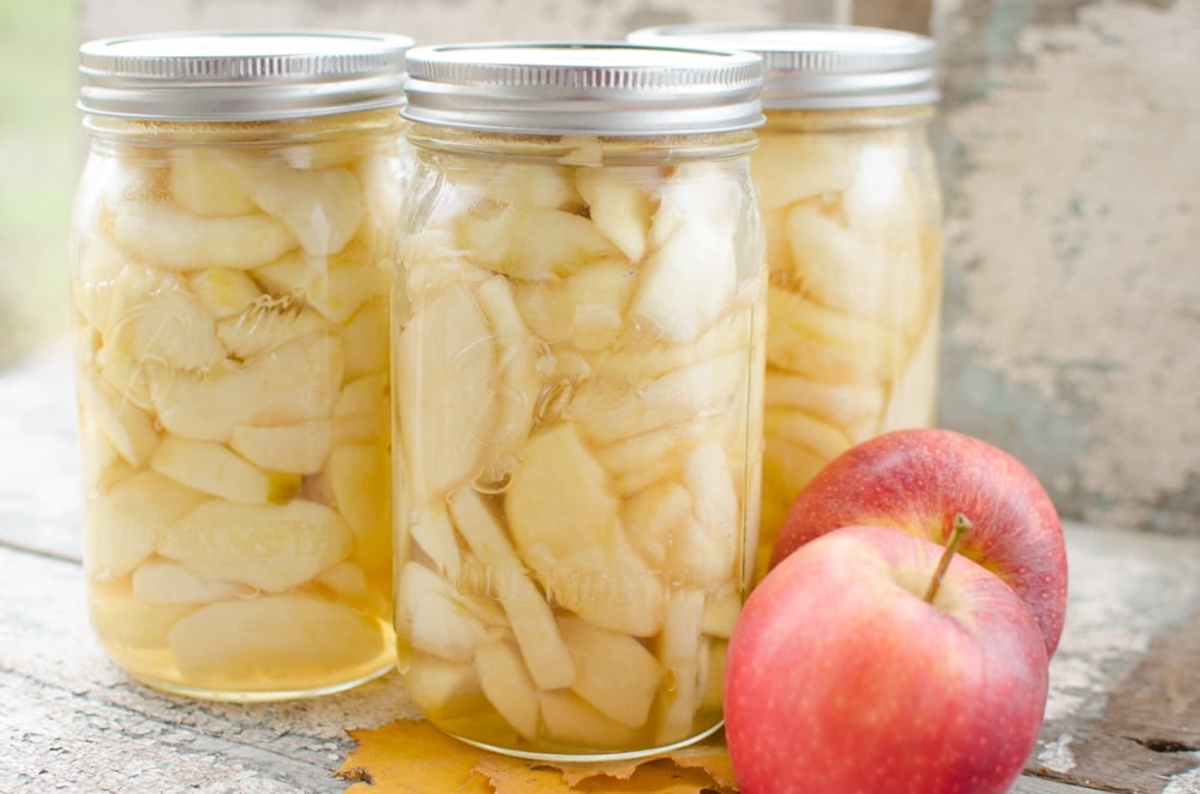
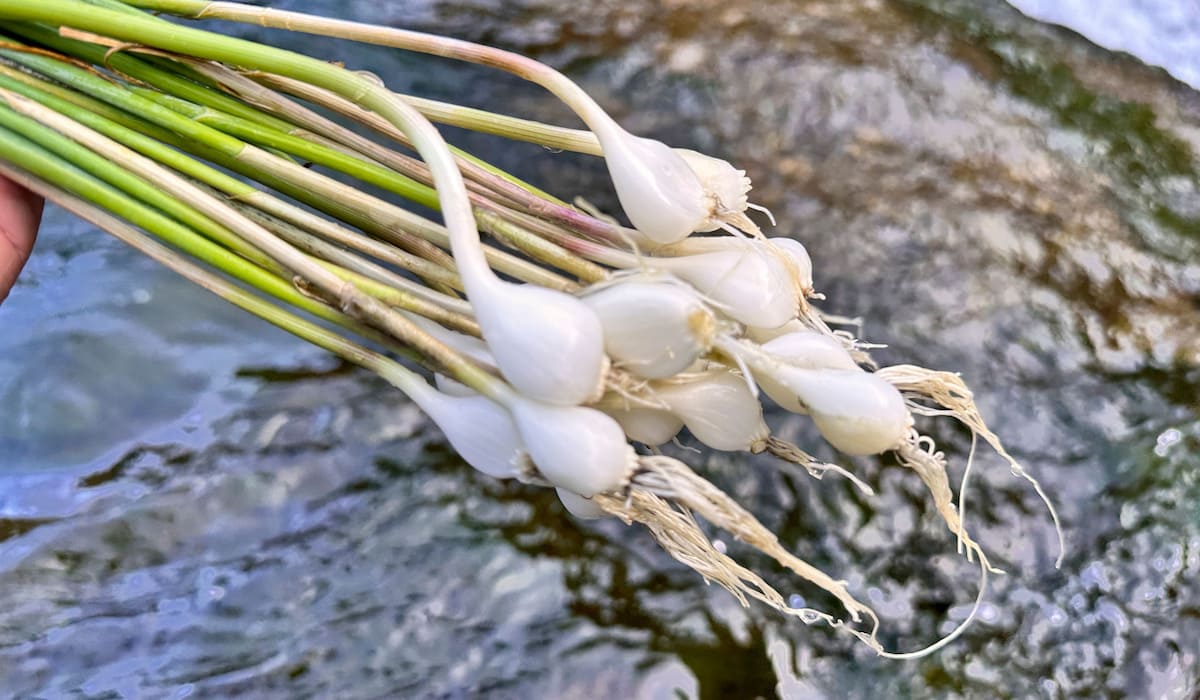
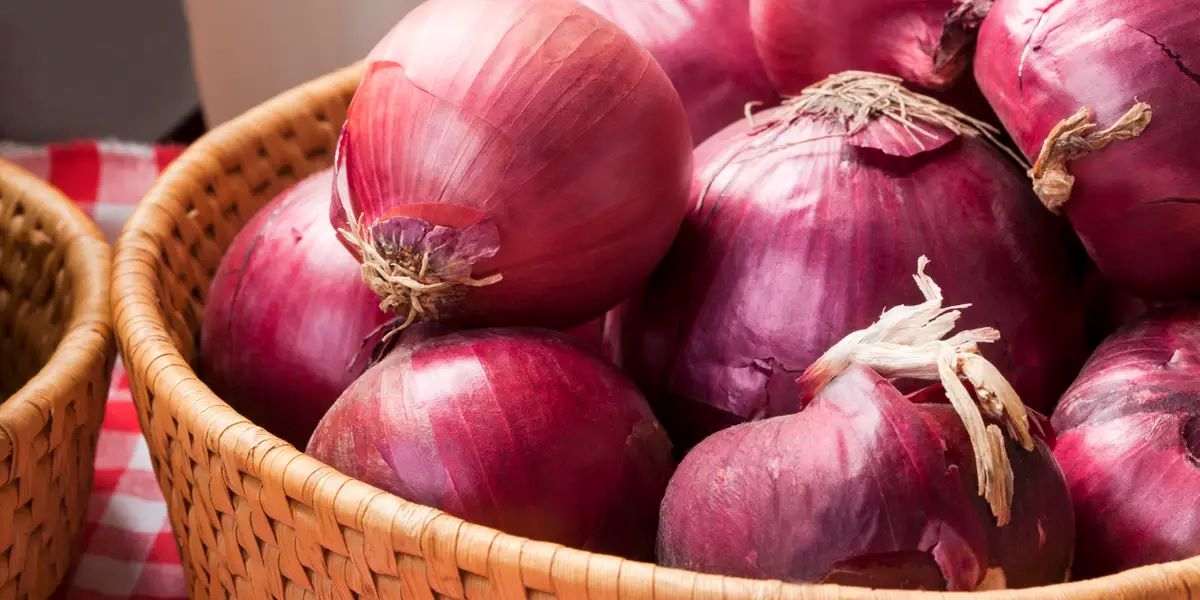
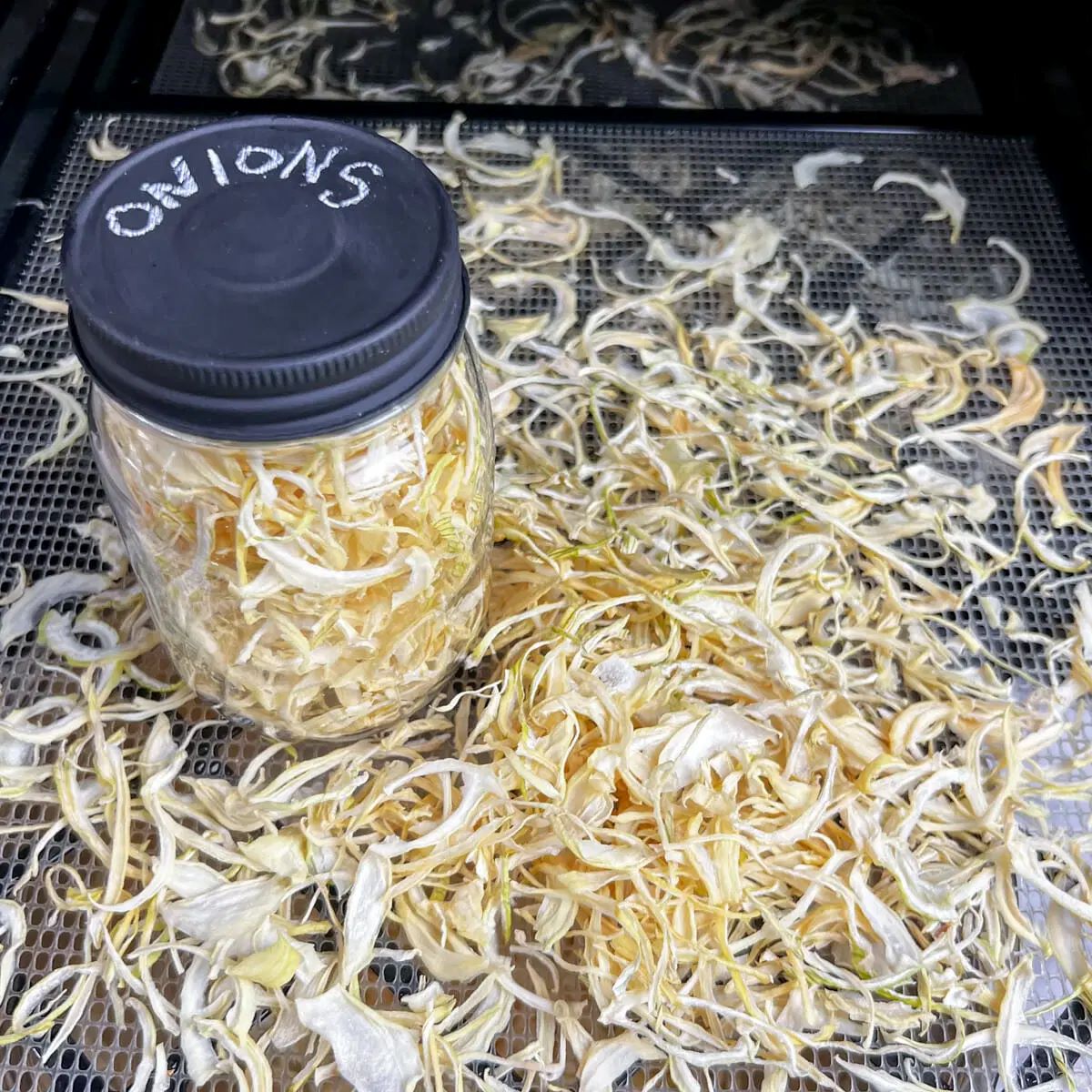
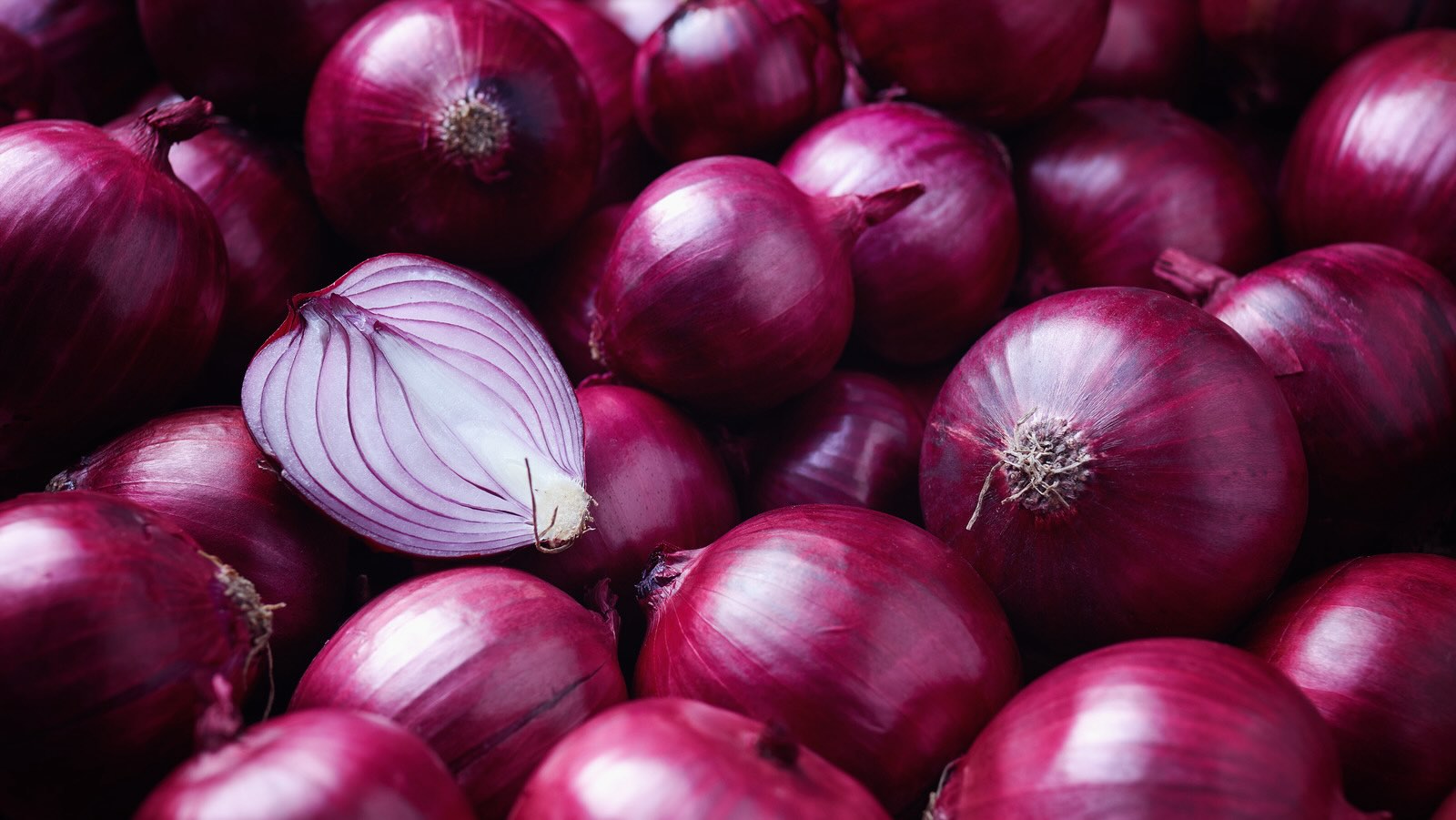
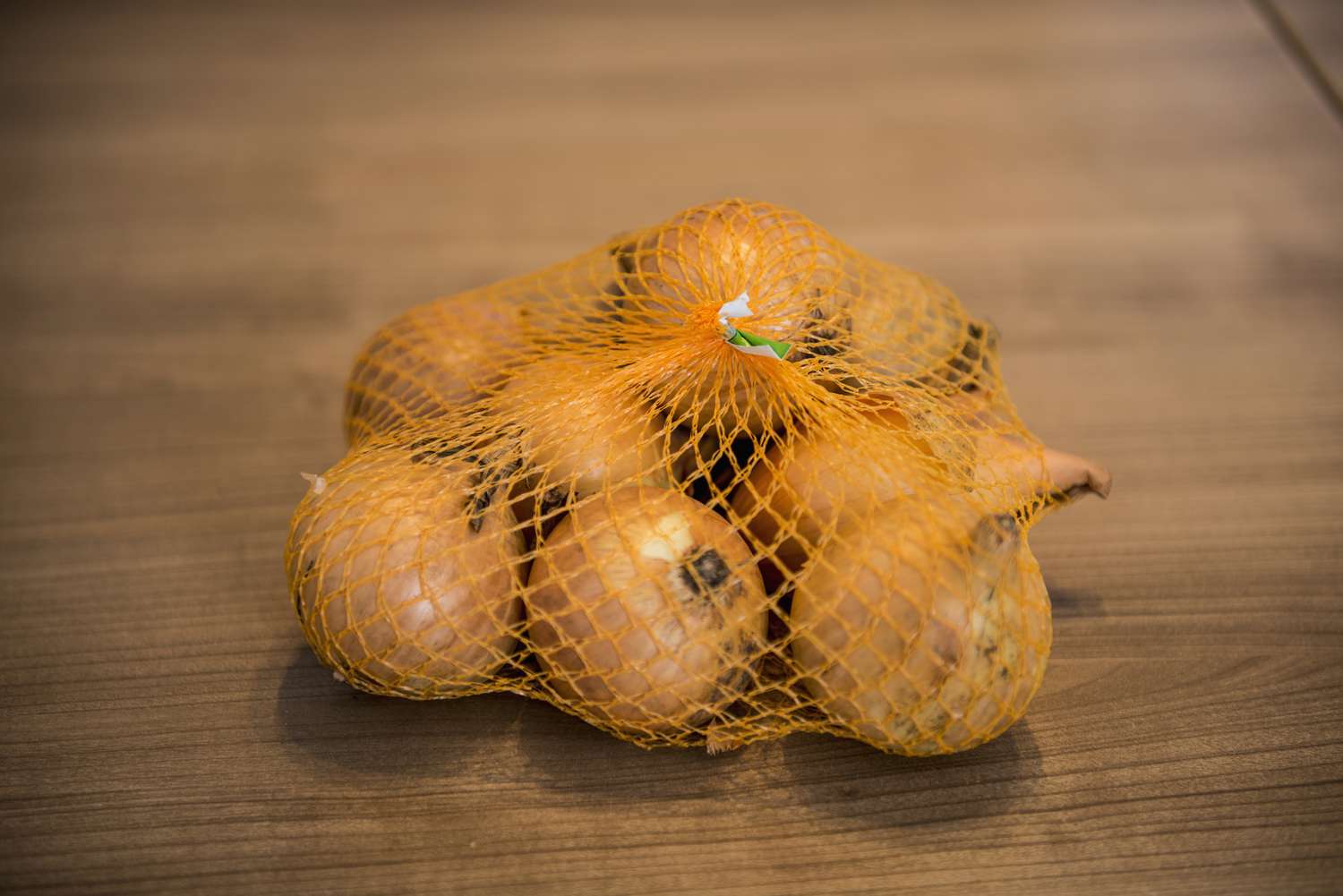
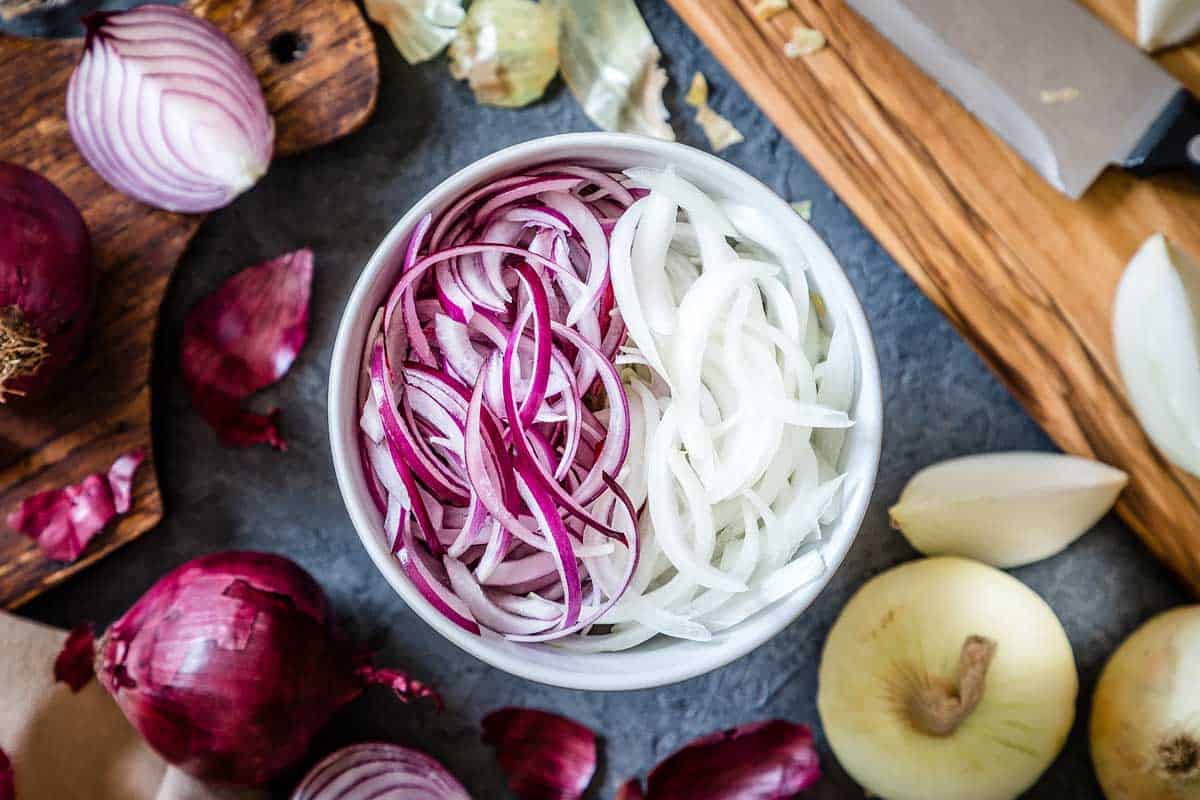
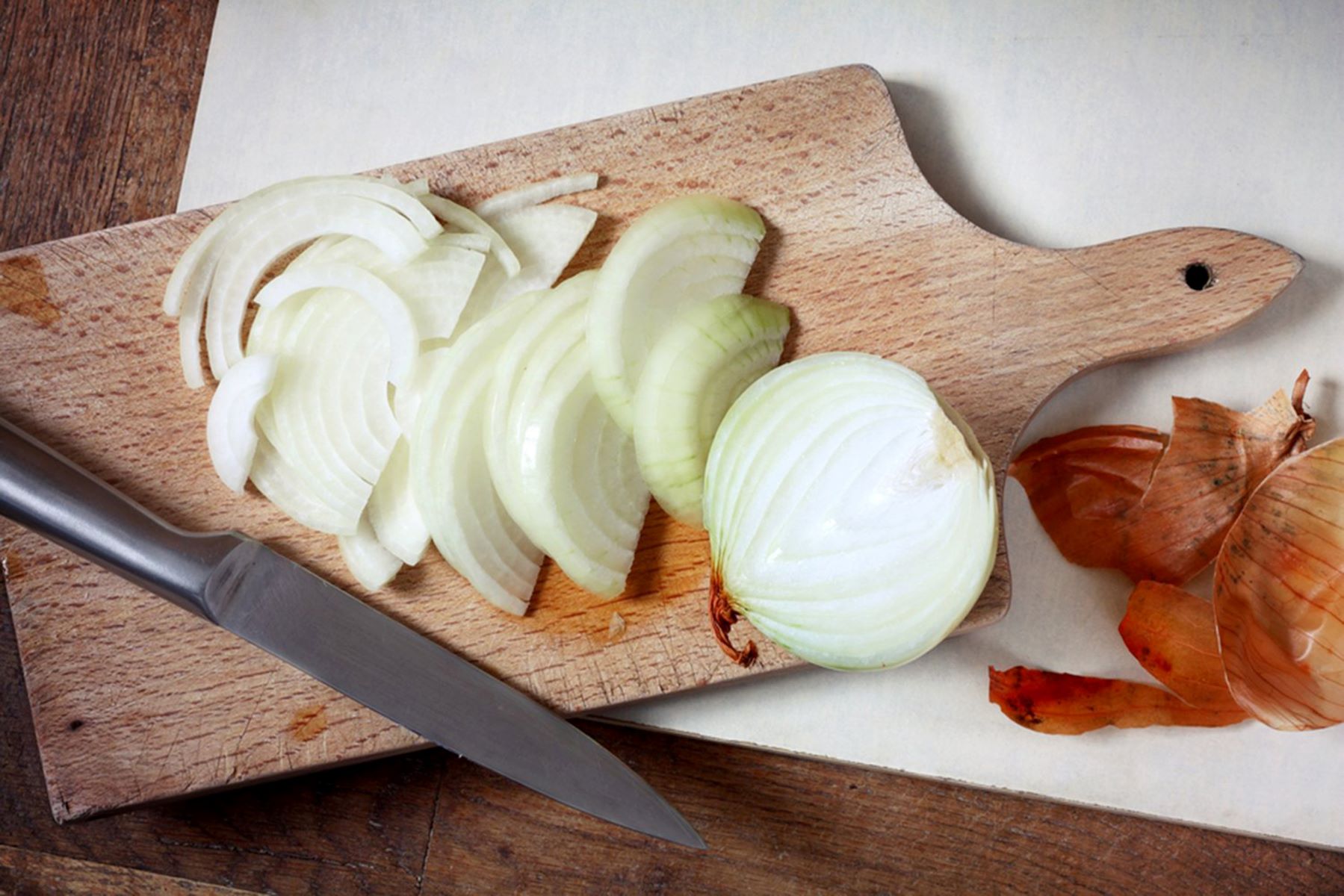
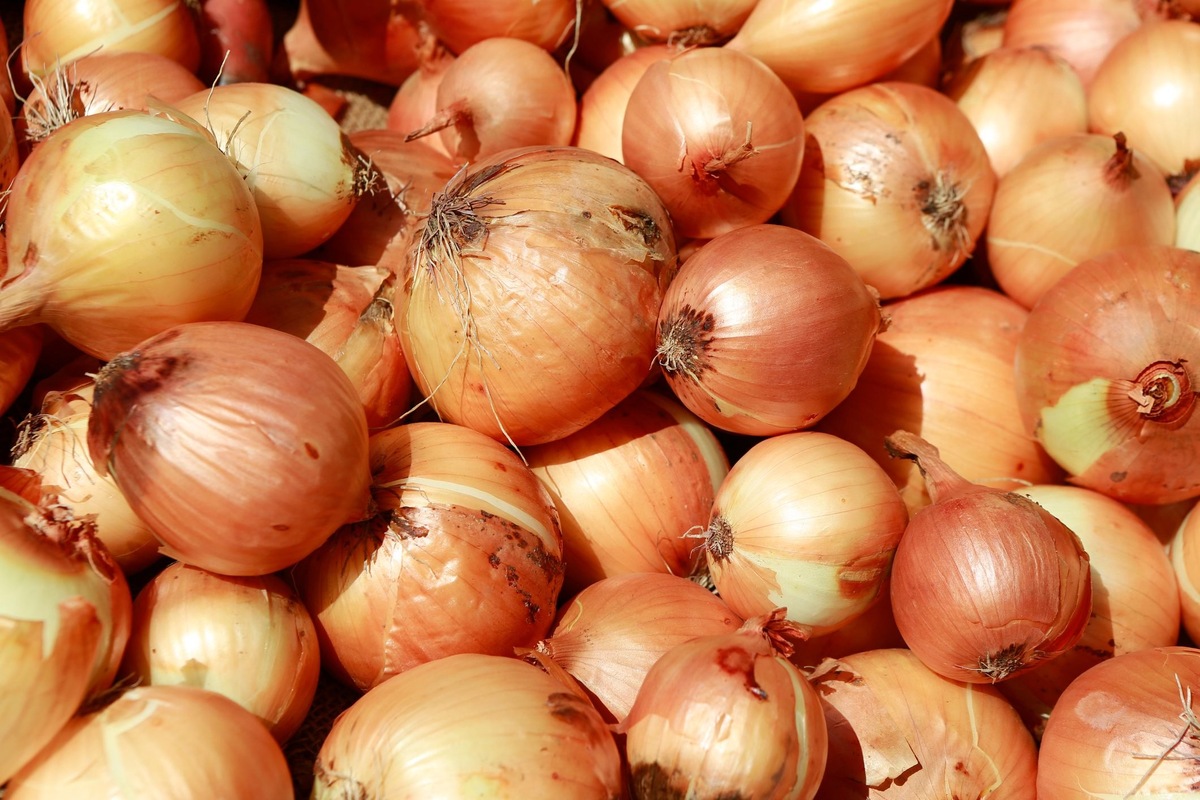
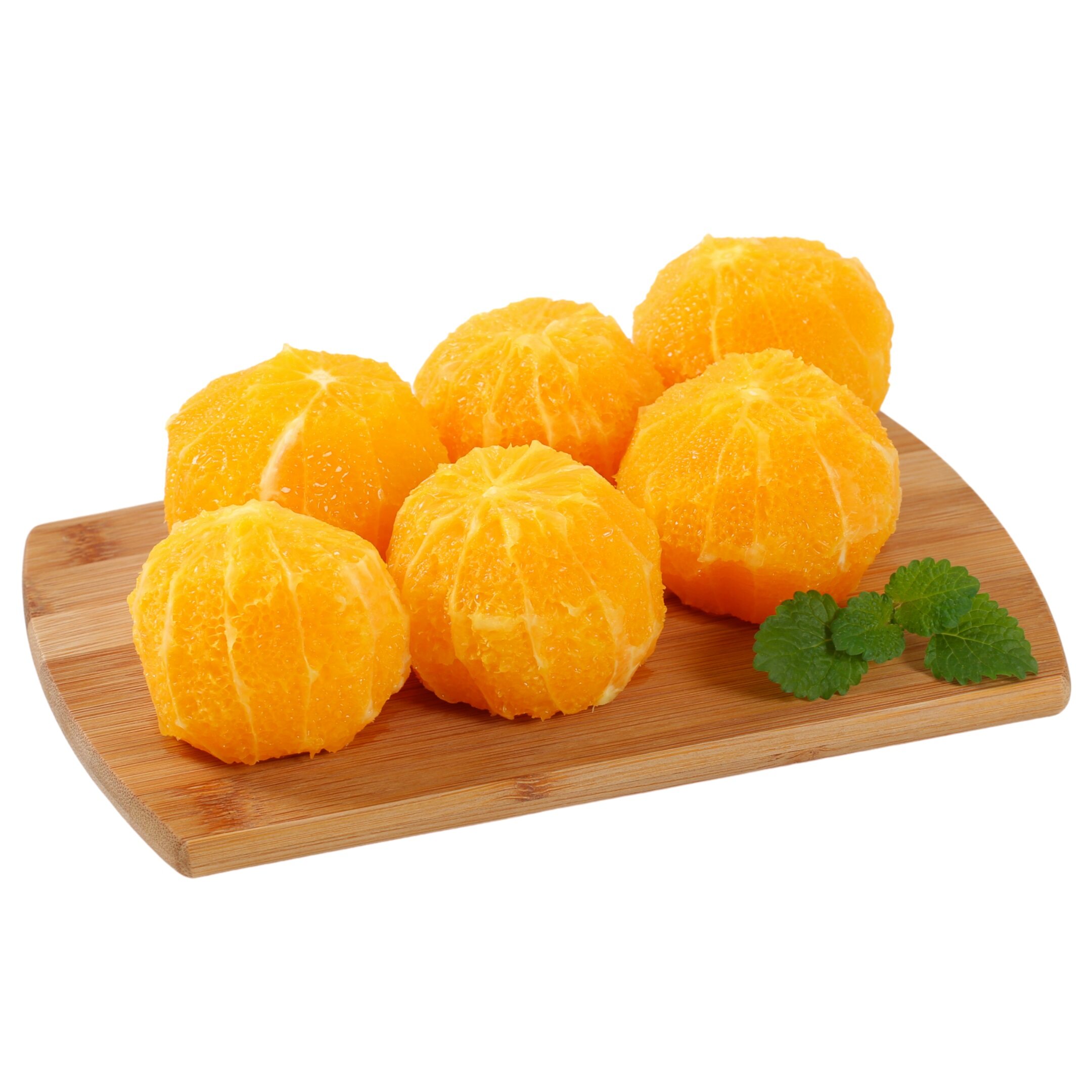
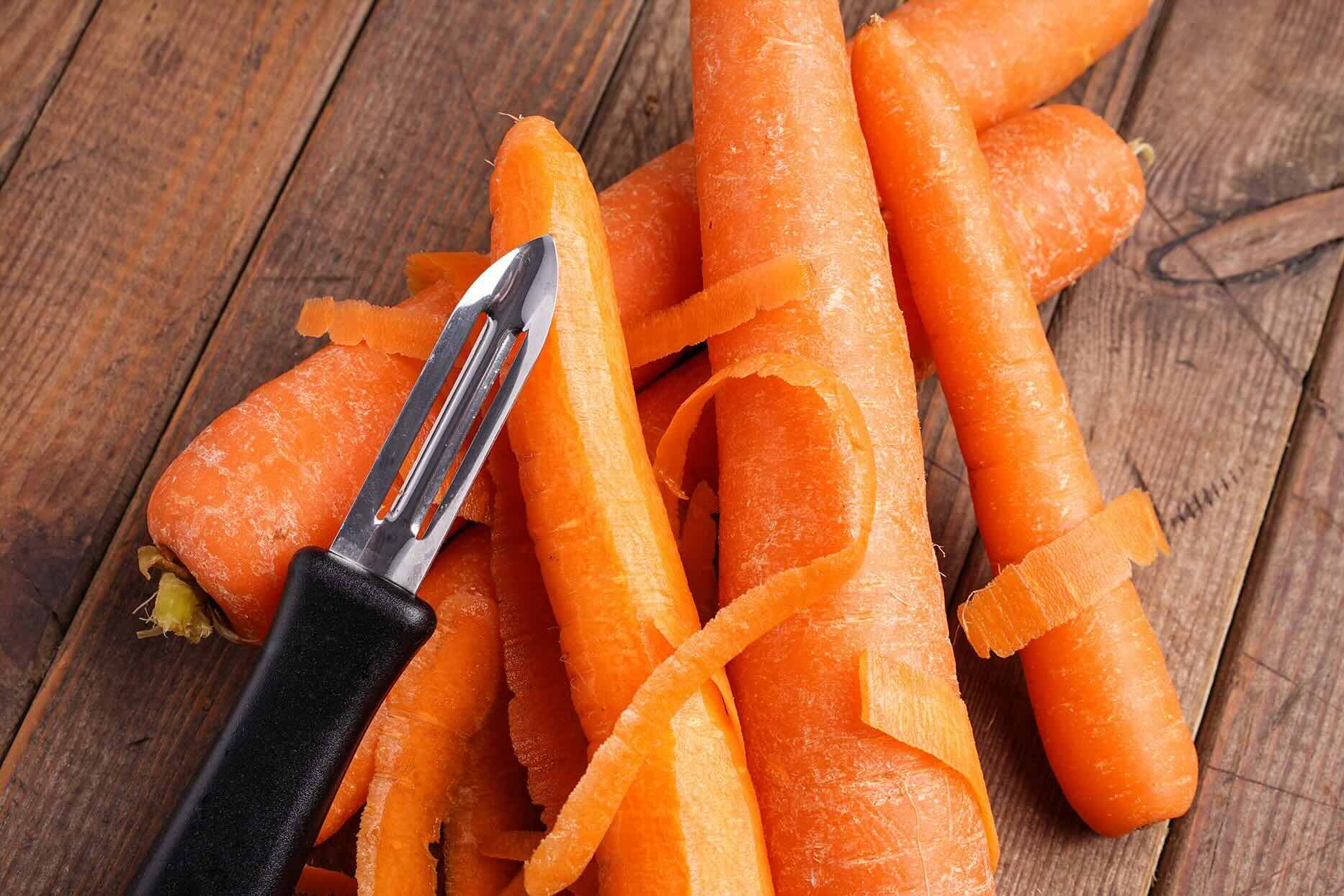
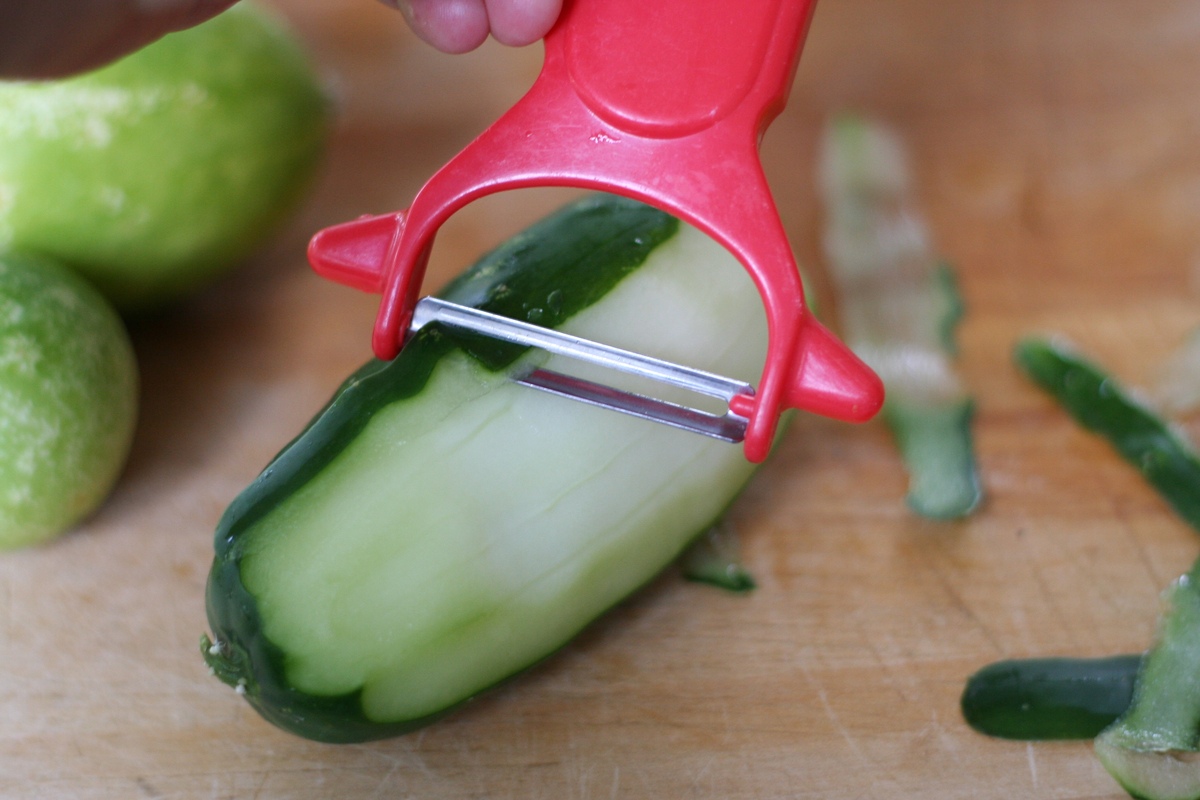
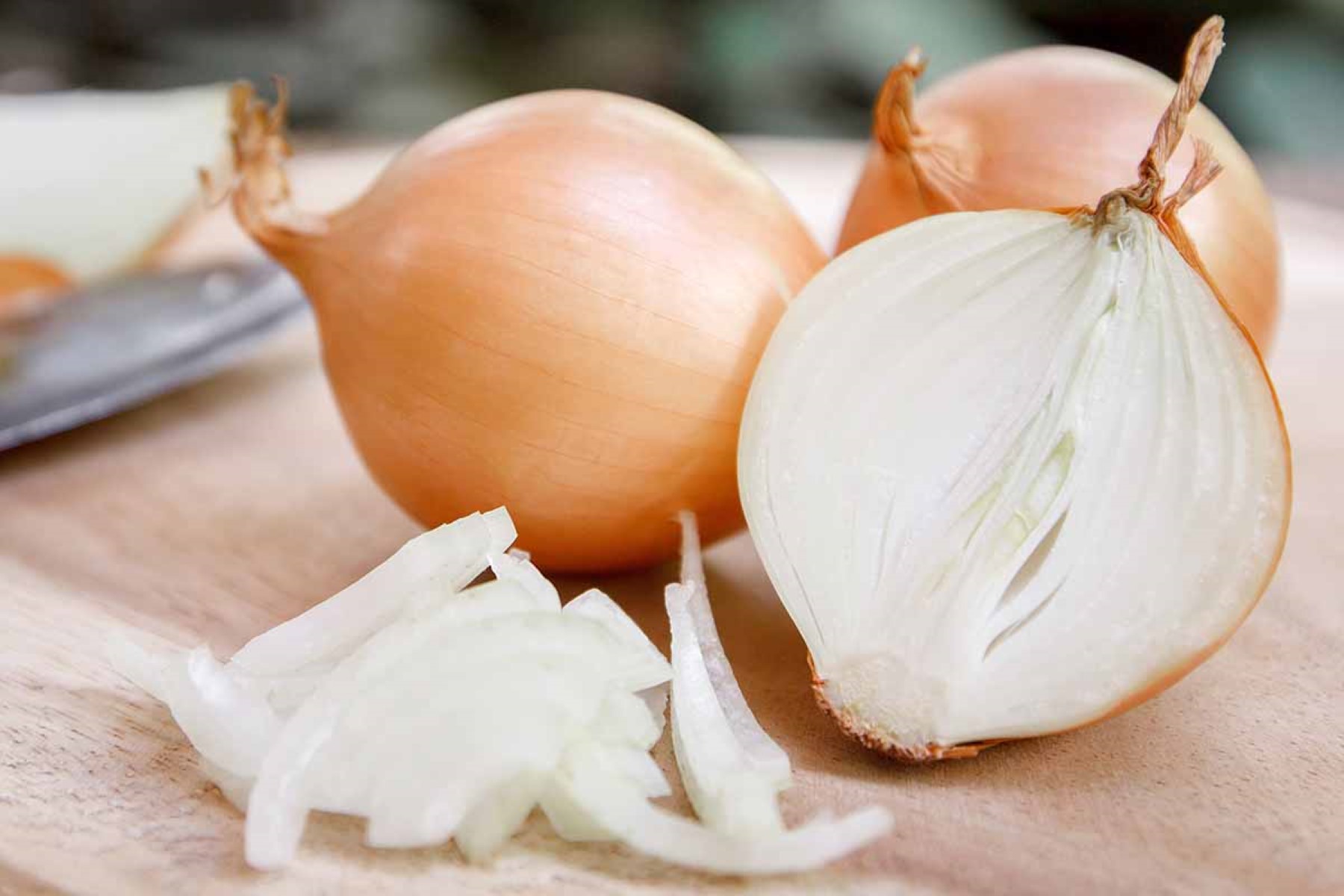

0 thoughts on “How To Store Peeled Onions”